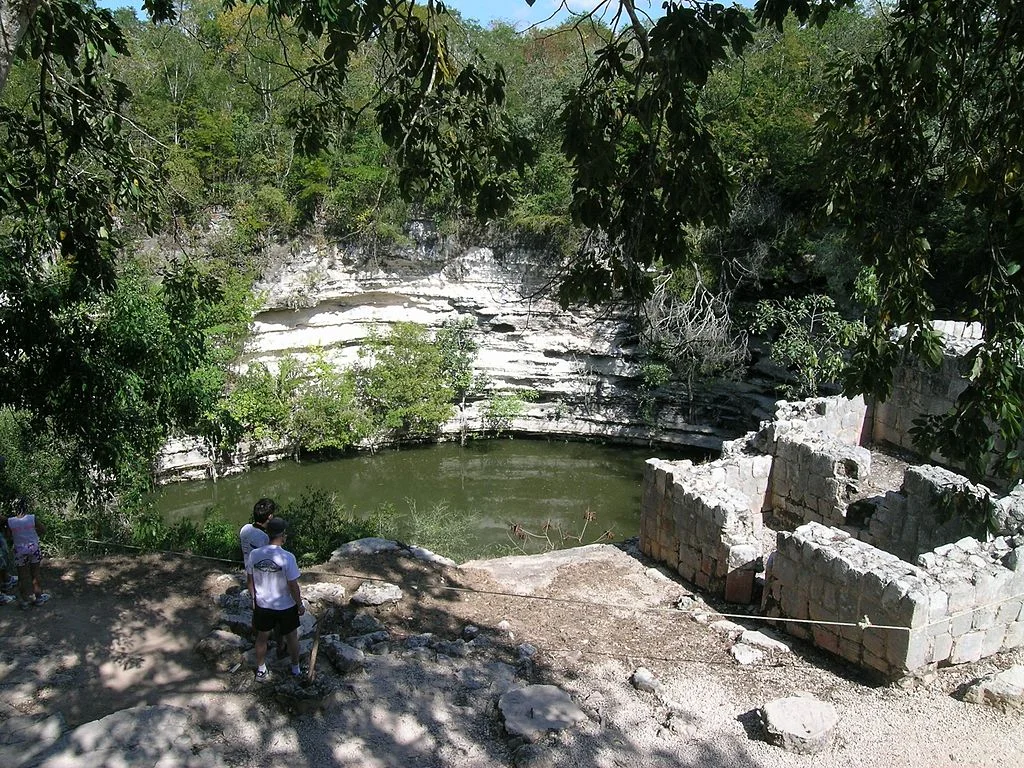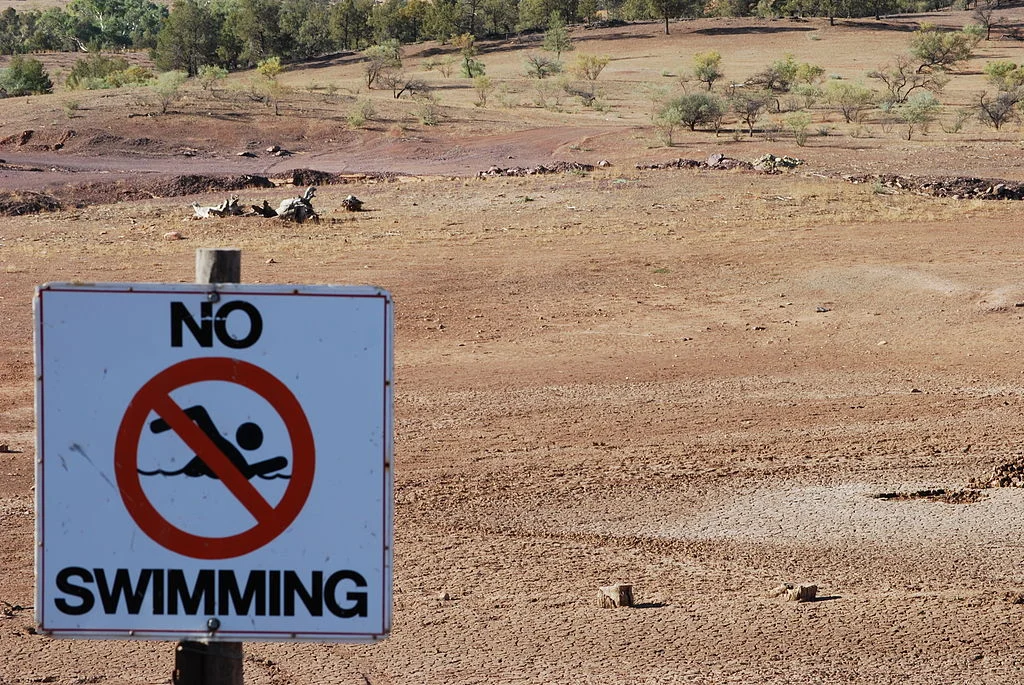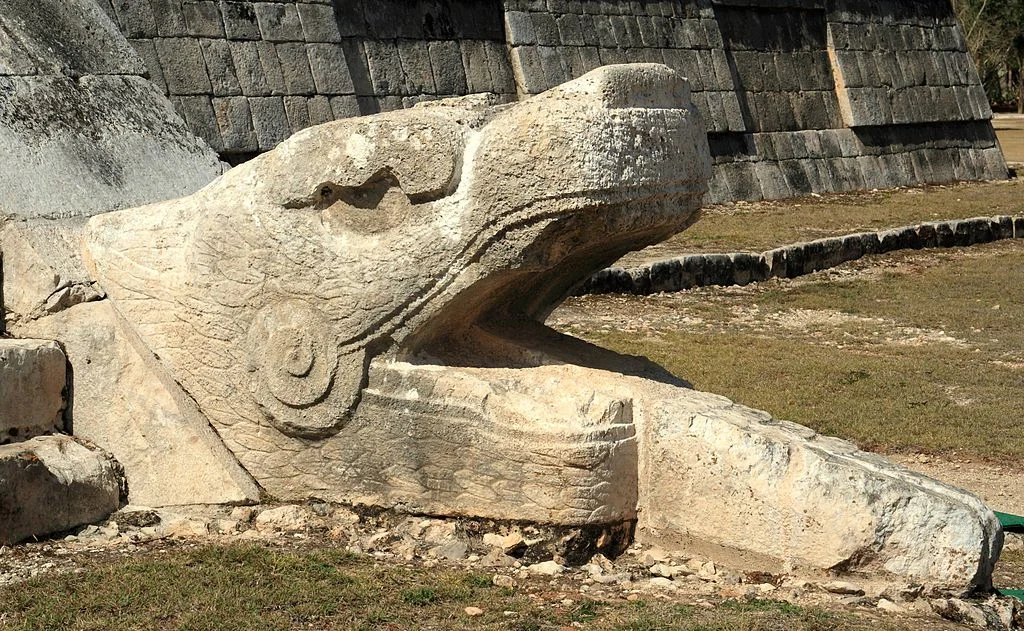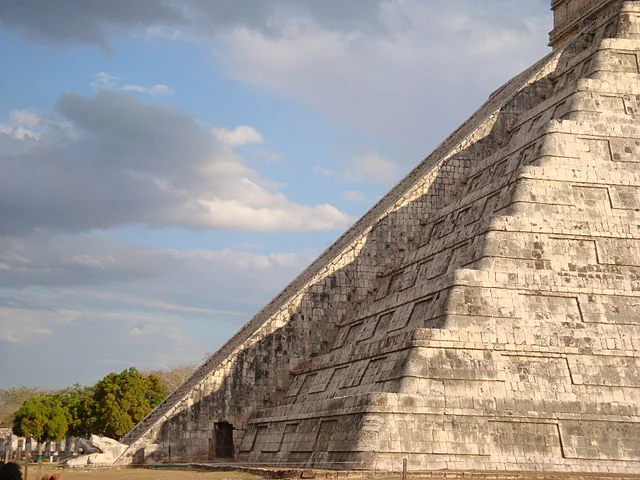The Rain, the Salt and the Serpent
/Our guide, David, a slender, brown-skinned man with small, intelligent eyes, stood before us at the base of the Temple of the Warriors. The ancient white stone temple was carved with the heads of giant serpents and Mayan and Toltec warriors.
The temples at the ancient city of Chichén Itzá in Mexico’s Yucatan state were originally painted in red, blue, purple and green. Faint traces of paint remain on the stone. But, according to our guide, the brilliant colours formed a contrast to terror carried out there.
‘A society that practices human sacrifice is a brutal society,’ David said. ‘We know that people—mainly men and children, were sacrificed in the sacred cenote.’ He waved his arm to indicate the direction of the Sacred Cenote, a huge waterhole in the forest north of the ruined city complex. A cenote (pronounced sa-note-ay) is a sinkhole of limestone revealing fresh groundwater deep below, a geological characteristic of the Yucatan forests. The Yucatan peninsular has no rivers. All the water there comes from the cenotes.
The Sacred Cenote at Chichén Itzá. Photo by Salhedine.
David had already described a wall, built around the main temple complex. He drew squares and circles in the earth with the tip of his umbrella.
‘There was a wall. What is that wall for? To keep people out. The labouring classes lived outside the wall. The rulers inside were mathematicians, astronomers, meteorologists, engineers, physicians and priests.’
‘Their knowledge was not magic. This was not mystical knowledge. It was knowledge made by observation and records, kept in thousands of books.’
‘The rulers kept their knowledge secret. The ones who have the knowledge have the power. They were able to predict when it would rain, for example, because they had studied the sky and the cycles of the weather and the seasons. The labouring classes outside the wall were paid for their work in salt—a salary. The word comes from payment in salt.’
My wife and I were part of a group of about ten English-speakers on a tour of Chichén Itzá, the World Heritage listed Mayan and Toltec temple complex on Mexico’s Yucatan Peninsula.
Coming into the complex, we pressed through a crush of people, looking for David by the furled umbrella he held aloft. ‘How did I get here?’ I thought. It was Revolution Day, a public holiday in Mexico and plenty of local people had joined the tourists—there are well over a million visitors to Chichén Itzá a year. But now, listening to David, we were in our own world.
View of El Castillo or Kukulkan pyramid, from the Temple of the Warriors. Taken in 1968. © Spielvogel / Wikimedia Commons
With the Warrior’s Temple at one side, the main temple at Chichén Itzá was to my left. My eyes wandered across stall holders sheltered under trees to that main temple, a thirty-metre high stepped pyramid, named El Castillo by archeologists. The temple is built over two other temples, each perfectly preserved inside it. ‘It’s like a Babushka doll,’ David had said.
The name Chichén Itzá means the mouth of the water source (chi-chen) of the Itza dynasty. The Itza family only came to the area in the thirteenth century—four hundred years into the city’s history. This diverse city had another grand life before it had that name.
’Itza’ is translated as the Wizards (or Sorcerers) of the water.
In 2015, local archeologists confirmed that El Castillo has been built over a cenote, not previously seen. So, it seems likely that power was maintained by control of water by the rulers there a thousand years ago, as well as by doling out the salt.
‘Why did people need salt?’ David asked.
‘Because it was so hot’, I said, sweating.
’No.’
‘For food preservation,’ said one of the other group members.
‘That’s right,’ he said. ‘There was no refrigeration.’
I thought about the problems with access to electricity and clean water I’ve heard about in our time, in the past few years. There was the poisoning of the water and then the river at Flint, Michigan. Toxins, including uranium, have been found back home in the water of remote Aboriginal communities, including perhaps one I’ve worked in. And Claudia read the news to me last week: years of high lead levels in the drinking water uncovered recently in Chicago, USA.
Moving from the mundane to the bloodily dramatic, David took me back to the tenth century, describing the human sacrifice carried out at the Temple of the Warriors. People were killed there as punishment, rather than as volunteers, he explained.
Most of those sacrificed at the cenote, in contrast, were volunteers. People believed that they would be well-rewarded for dying that way, David said. ’If there was a drought, people gave their lives to bring the rain. Of course, the rulers knew when it was likely to rain. They had that information,’ he said. As David spoke, it began to rain in big cold drops.
We’d come from Australia, recently drought-stricken. The rain smelled fresh on the trampled grass. I was grateful for it.
Former waterhole in drought-stricken Australia. Photo by Peripitus 2018.
I wondered whether volunteering to die to bring the rain was so different to giving your life for the idea of protecting your country. There was that same sense of owing something to your community, having to prove your worth to others. I thought about the pain of the loved ones who were left behind, in Mayan times and nowadays.
Claudia, with her camera, looked for rainbows. As she always does. I never knew a person so good at finding rainbows.
‘There’s sunshine and rain. There’s got to be a rainbow,’ she murmured, looking up and around. ‘There’s one, see?’ She pointed her camera at colours in the clouds over the Warrior’s Temple.
David had moved on from the brutality of the Mayan and Toltec rulers.
‘In the 1500’s the Spanish came and they brought the worst thing for the people. What was the worst thing?’ he asked in his Latin-accented English. Like any good teacher, he asked questions to keep us engaged.
‘Disease,’ I said, doctor that I am.
‘Disease was not the worst thing’, David replied.
‘Alcohol?’ I persevered.
‘Alcohol is a good thing,’ he said with a dismissive wave of the hand.
‘Religion. Religion was the worst thing. The Catholic Church. I know it’s different now, but then it was the time of the Inquisition and anyone who was not Catholic could be killed. The people here worshiped the Sun. That was the Devil for the Spanish. So they killed them.’
‘And they burned the books—tens or hundreds of thousands of books. You know how many Mayan books survive?’ None of us knew. ‘Three,’ he said. ‘There are three Mayan books remaining in existence. One of them is in your town in Germany,’ he said to a German couple in our group. The young woman smiled. ‘You should go visit it.’
‘And if you go visit the book, bring it back here to us, will you?’ he said, smiling.
Head of the serpent Kukulkán at the base of the main temple at Chichén Itzá. Photo by Frank Kovalchek.
He was still holding his umbrella furled and pointed to the ground, perhaps distracted, perhaps in solidarity with the rest of us. We were getting really wet now. It felt energising. Four of the others in our group were Australians—two young couples, too cool (or awkward) to talk to us. They were probably feeling the same way, I thought. ‘Do you want to wait to see if the rain goes away?’ David asked as we sheltered, finally, under one of the trees. ‘Nah,’ said one of the tall Oz boys, ‘Rain is good.’
We followed David, in the pouring rain, to the base of the giant stepped pyramid. El Castillo’s Mexican name is Kukulkán, named after the feathered serpent god. The Aztecs and Toltecs called him Quetzacoatl.
I’m thinking about the important giant serpent in Australian Aboriginal cultures—called the Rainbow Serpent in English. It is a creator being—one of the supernatural spirits that created the landscape. They are still energetically present in it.
The gigantic, red Rock Claudia and I used to live by, Uluru, is a nesting place of the Rainbow Serpent. Artworks show her coiled around her eggs there. Some stories say that she sacrificed her body for her babies.
Every parent reading this is thinking, ‘Doesn’t every mother do that?’
Back at the temple, David told us that the snake heads at the base of the pyramid steps were colourfully painted, with glinting obsidian eyes. At the Spring and Autumn solstices the corner of the stepped pyramid casts a light that looks like the serpent’s body slithering down the side of the pyramid.
Descent of the snake at Kukulkán pyramid, Autumn equinox, 2009. Photo by ATZ56.
‘And how did the rulers make that light appear? Every year it came to the temple for seven hundred years. What if it was cloudy, like it is today?’ David asked us. We were stumped.
‘If it didn’t show up it, they blamed the people, of course,’ he said. ‘The serpent appears for a week or two around the time of the equinox, so if it didn’t come one night, it would appear the next.’
He went on to show us that the acoustics of the pyramid of Kukulkán have special qualities. The priest could speak from within the thick-walled box atop the pyramid and be heard all around, he told us.
He showed us that a clap at the base of the stairs created a high pitched sound, said to be like the call of the Quetzal bird. We clapped and all heard it. Later I saw other groups doing the same thing at the base another of the temple’s stairways. It was fascinating.
There was more to tell from even that one day’s learning at Chichén Itzá. Claudia and I learned enough to be able to take ourselves there to explore, on a quieter day, next time.
We’ve glimpsed how much more there is to see in Central America. This was my first trip to Mexico. I fell in love with the relaxed, earthy ways of the rural people there. I’m tantalized by the diversity of peoples and rich variety of landscapes and history.
Children marching on Revolution Day in Mexico. Photo by Ute Hagan.
On Revolution Day we learned that the ancient buildings have other, smaller, older constructions inside of them, built over each other, over many centuries. The peoples of Mexico’s thirty-one states have such a rich heritage and so much of it remains deeply buried, it seems, culturally and physically. There are thousands of archeological sites in the Yucatan alone yet to be explored.
I look forward to experiencing more of this intriguing, stimulating, enriching land when we return there. Viva México!
Thumbnail pic of the Resplendent Quetzal courtesy D.Hatcher.








